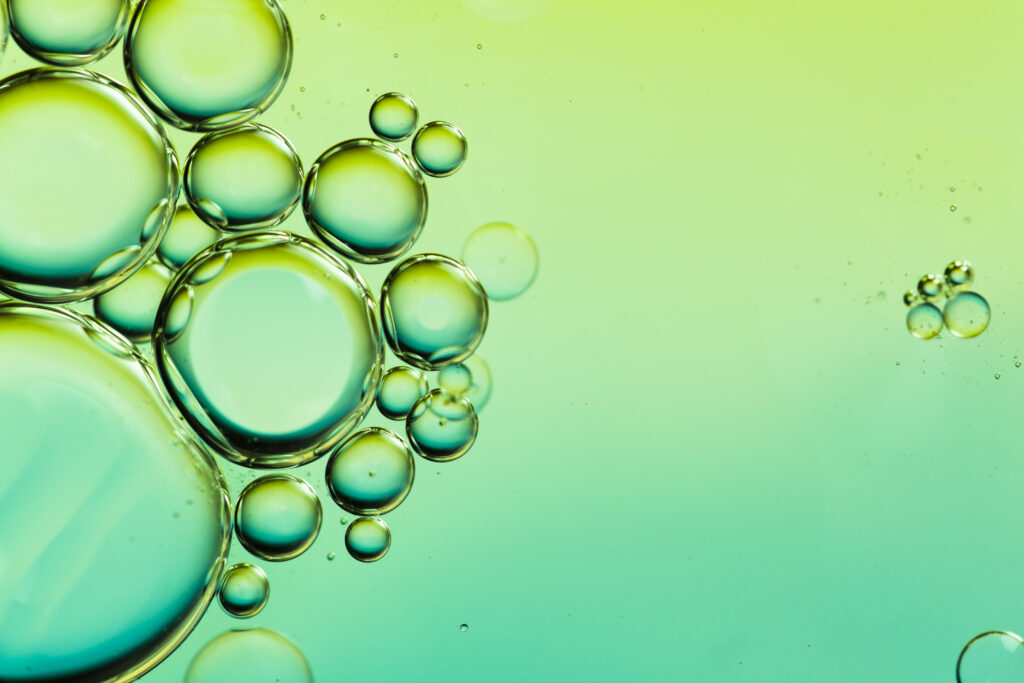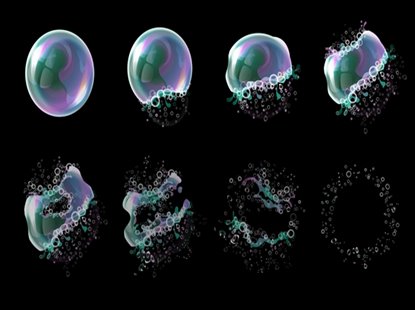The Role of Defoamers in the Chemical and Food Processing Industries
The Role of Defoamers in the Chemical and Food Processing Industries
Blog Article
Selecting the Right Defoamer for Your Particular Application Needs
Choosing the appropriate defoamer for details application needs is a nuanced process that demands cautious consideration of multiple factors, such as the foam operating, medium, and type conditions. Understanding the subtleties of defoamer performance-- consisting of rate and perseverance-- while additionally accounting for environmental and regulatory aspects is essential.
Understanding Foam Formation
Foam development occurs when gas is caught within a liquid, creating a steady framework of bubbles. This sensation can substantially affect various industrial procedures, particularly in markets such as food production, drugs, and wastewater treatment. The visibility of foam can hinder mixing, minimize item high quality, and even result in functional inefficiencies.
Foam typically forms as a result of a mix of variables, including surface-active representatives, frustration, and the features of the liquid phase. Surfactants reduced the surface area stress of the fluid, promoting the formation of bubbles that can maintain and integrate. Anxiety, whether from mechanical mixing or gas intro, improves bubble formation, bring about raised foam volume.
Recognizing the auto mechanics of foam formation is important for sectors intending to maximize their procedures. By recognizing the specific conditions that promote foam generation, organizations can apply approaches to reduce its impacts. This expertise prepares for selecting appropriate defoaming agents that successfully target the unique challenges positioned by foam in various applications. As a result, a detailed understanding of foam formation is important for boosting efficiency and preserving product honesty throughout various industries.
Sorts Of Defoamers Available
Various types of defoamers are available to resolve the challenges postured by foam in commercial applications. defoamers. Extensively identified, defoamers fall under three groups: silicone-based, non-silicone-based, and all-natural defoamers
Silicone-based defoamers are renowned for their effectiveness and security across a vast array of temperatures and pH degrees. They are typically made use of in applications where strong foam reductions is required, such as in paints, coatings, and adhesives. Their low surface area stress permits fast foam collapse.
Non-silicone-based defoamers, commonly made from natural substances, supply an option for applications sensitive to silicone residues. These defoamers can be more separated into polyether and ester kinds, each tailored to fulfill certain solution demands. Non-silicone defoamers are regularly made use of in food processing and individual treatment items as a result of their compatibility with numerous formulations.
All-natural defoamers, originated from plant or animal sources, are acquiring grip due to their green account. These products are specifically appealing in applications where regulative conformity and sustainability are vital, such as in agrochemicals and biotechnology.
Choosing the appropriate sort of defoamer is essential for enhancing performance and ensuring compatibility with specific applications.
Secret Application Considerations
When selecting a defoamer, it is vital to think about the particular application requirements to make certain optimum efficiency. defoamers. Different markets have distinct requirements, such as food handling, drugs, or wastewater therapy, and each application might need one-of-a-kind defoaming properties
Trick factors to assess include the tool in which the defoamer will be utilized, whether it is water-based, oil-based, or a combination thereof. The temperature level and pH levels of the application can also significantly influence the effectiveness of a defoamer. Additionally, compatibility with various other chemicals existing in the system is essential to avoid damaging reactions that might compromise performance.
Another crucial factor to consider is the foaming actions of the particular system. Recognizing whether the foam forms promptly or gradually can assist the option of a defoamer that targets the source efficiently. The desired rate of defoaming can affect the option, as some applications need quick action while others may endure slower defoaming procedures.
Lastly, ecological and regulative considerations ought to not be neglected, specifically in markets with stringent conformity requirements. Selecting a defoamer that lines up with these aspects ensures both effectiveness and safety in the application.

Performance Screening Approaches
Reviewing the performance of a defoamer requires an organized method to testing that precisely gauges its effectiveness in details applications. Different efficiency testing techniques can be employed to identify the ideal defoamer for a given formula.
One usual technique is the bubble examination, which evaluates the defoamer's capability to minimize foam quantity gradually. This examination includes creating a secure foam click here for info and afterwards adding the defoamer to observe the rate of foam collapse. An additional technique is the dynamic foam examination, where foam is produced under controlled problems to simulate real-world application situations. This approach supplies understandings into just how the defoamer performs under varying shear problems.

Ultimately, selecting the proper performance screening approach relies on the certain application and the sort of foam being addressed. Each method supplies valuable data that can direct formulation modifications and improve the performance of the defoamer in functional applications.
Best Practices for Choice


Next, consider the defoamer's efficiency in terms of rate of action and determination. A quick-acting defoamer might be essential for processes where rapid foam reductions is vital, while an extra relentless formula may be required for prolonged foam control. Additionally, examine the environmental influence of the defoamer, including its biodegradability and any kind of regulative compliance requirements.
Conduct trials with selected defoamers to establish their effectiveness in real-world problems. By adhering to these best methods, you can improve foam control effectiveness and make certain the durability of your procedures.
Verdict
In summary, choosing the proper defoamer requires an extensive assessment of various elements, consisting of foam kind, medium, operating conditions, and environmental factors to consider. Understanding the distinct characteristics of foam development and the readily available defoamer options is important. Furthermore, using efficient efficiency testing approaches and sticking to best techniques during the option process will certainly boost the probability of accomplishing ideal defoaming results. Eventually, a well-informed selection approach will certainly resolve certain application demands and alleviate lathering challenges effectively. discover this
Selecting the suitable defoamer for see post certain application demands is a nuanced procedure that demands mindful consideration of several aspects, such as the foam tool, operating, and type conditions.Choosing the best defoamer is vital for accomplishing optimum efficiency in foam control applications. A quick-acting defoamer may be needed for procedures where fast foam suppression is essential, while a much more consistent solution may be required for prolonged foam control.In recap, selecting the suitable defoamer necessitates a detailed examination of numerous elements, consisting of foam type, tool, operating conditions, and ecological factors to consider. Recognizing the one-of-a-kind attributes of foam development and the offered defoamer choices is essential.
Report this page